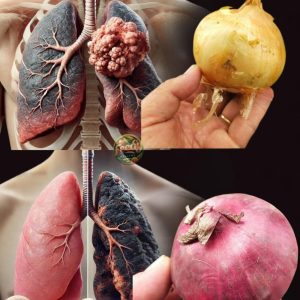What Is Phlegm?
Phlegm is a type of thick mucus produced by the respiratory system, especially in the lungs and throat. Unlike the thin mucus found in the nose, phlegm is denser and plays a key role in trapping and clearing out dust, bacteria, and other foreign particles from the airways. It is usually produced in small amounts and goes unnoticed, but when the body is fighting an infection or irritation, its production increases significantly.
Why Does Phlegm Accumulate?
Phlegm buildup often occurs as a response to respiratory infections, allergies, or irritants like smoke and pollution. When the body detects a threat—such as viruses, bacteria, or allergens—it signals the respiratory tract to produce more mucus to trap these invaders. Conditions like colds, bronchitis, sinus infections, or asthma can all cause noticeable increases in phlegm. Sometimes, acid reflux or dehydration can also contribute to its buildup.
What Does the Color of Phlegm Mean?
The color and consistency of phlegm can provide clues about what’s going on in your body. Clear phlegm is usually normal or related to allergies. White or gray phlegm may indicate congestion or a mild infection. Yellow or green phlegm often signals a bacterial or viral infection, as white blood cells respond to the invaders. Brown or bloody phlegm can point to more serious conditions and should be evaluated by a healthcare provider.
Managing and Reducing Phlegm
To reduce phlegm, it’s important to stay well hydrated, which helps thin the mucus, making it easier to expel. Inhaling steam, using saline nasal sprays, and avoiding irritants like smoke or pollution can also help. Over-the-counter expectorants may loosen the phlegm, while addressing underlying causes—like infections or allergies—can prevent further buildup. If phlegm becomes chronic or changes in color and volume persist, it’s wise to consult a medical professional.


